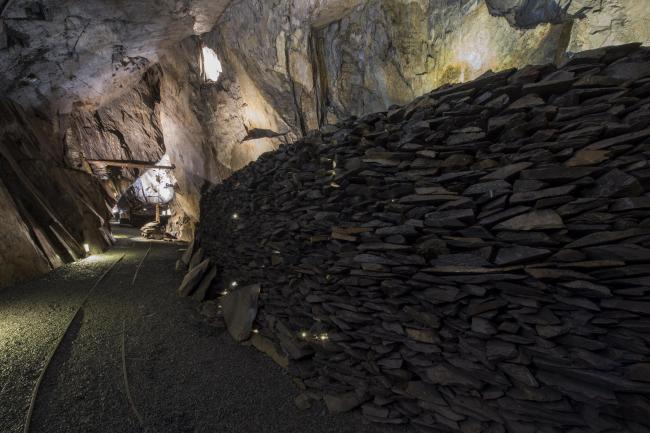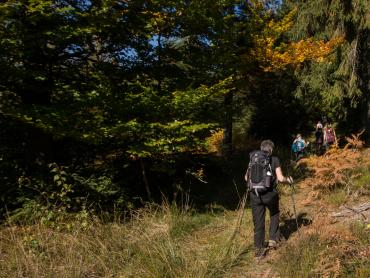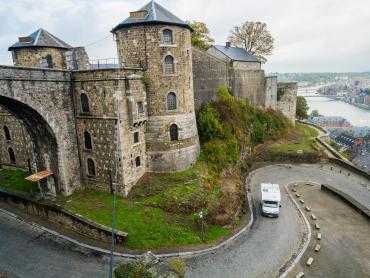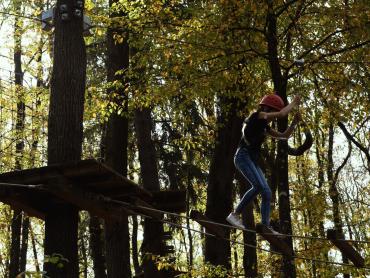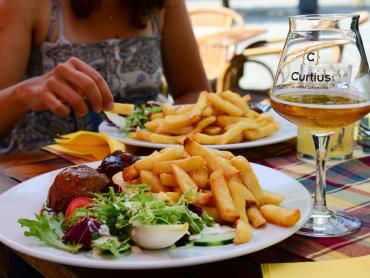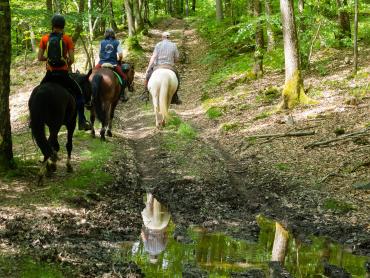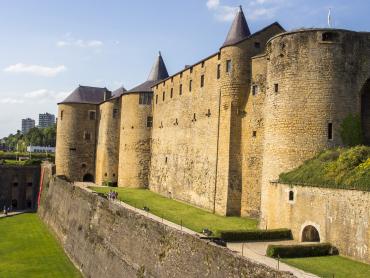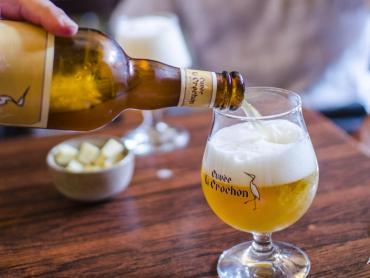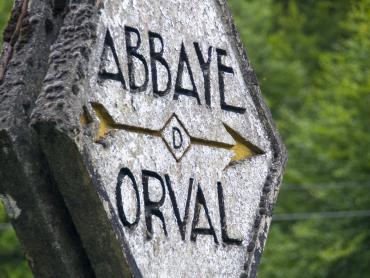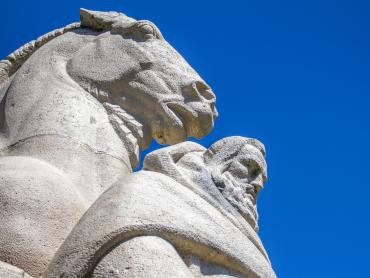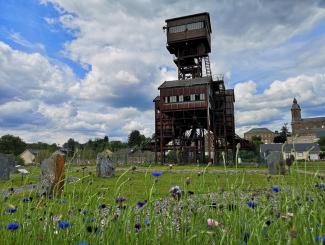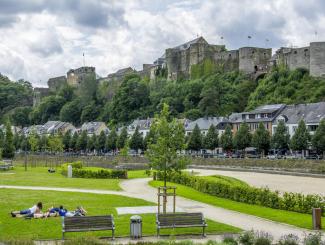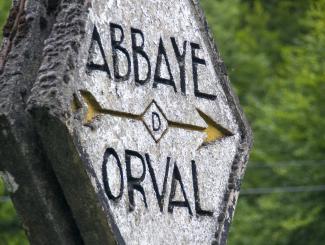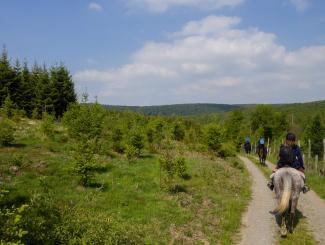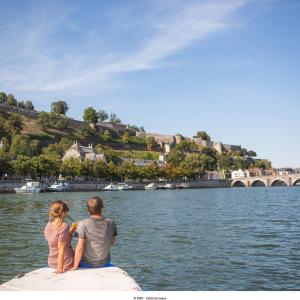The slate trail
The Ardennes in depth
Set off to discover the cross-border Ardennes through its mines for slate, the stone which links the three countries. As you follow this 440-kilometre trail, get ready to go underground in your quest for this precious blue stone. You'll experience the daily life of yesteryear (and today!) in the mines as you travel along the trail. Six places are set to welcome you and tell you their bit of the history of slate in the Ardennes.
I explored the Ardennes along the Slate Trail
A journey to the centre of the Earth
More information
six stages to complete by car
440 kilometres
three countries
For more information on the Slate Trail, a map and the visits and activities… please visit www.routedelardoise.com
The six stages of the Slate Trail
1. Rimogne: the slate village and museum
Rimogne in France is the start point of the Slate Trail. Slate oozes from every pore in the village, its roofs, its walls, its former slate-miners' cottages and its mine slag heaps… Explore the village's rich history and visit the Slate Museum to learn more.
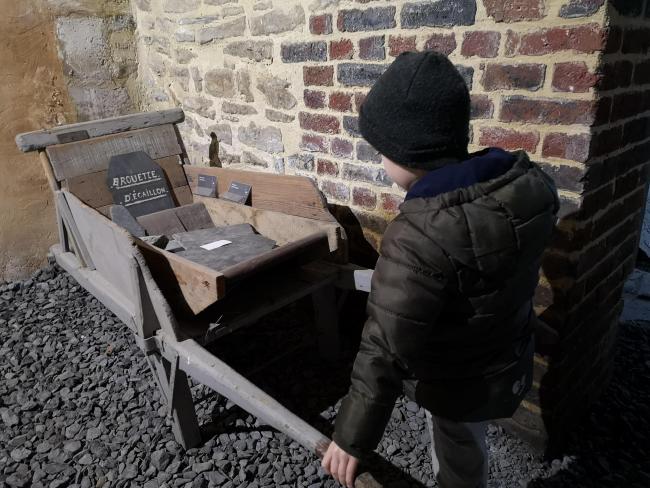
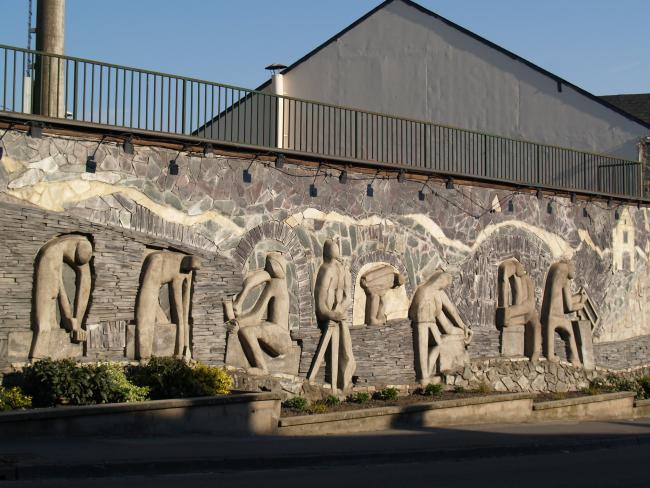
2. Fumay, omnipresent slate
Next, head to Fumay, located at the tip of the French département of Ardennes. Just as in Rimogne, slate is omnipresent in this small town. In the nineteenth century, the Sainte-Anne slate mine produced up to 45 million slates each year!
3. Haybes-the-pink
Nearby, stop to have a look at "Haybes-the-pink", a town whose nickname comes from the colour of its slate-tiled roofs and from the "La Belle Rose" slate mine here. Between the sixteenth and twentieth centuries, no less than 50 slate mines were established here. Today, the town stills bears witness to its slate-mining past.
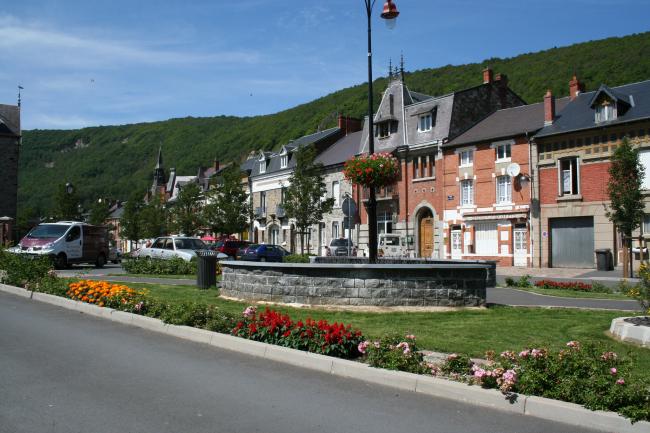
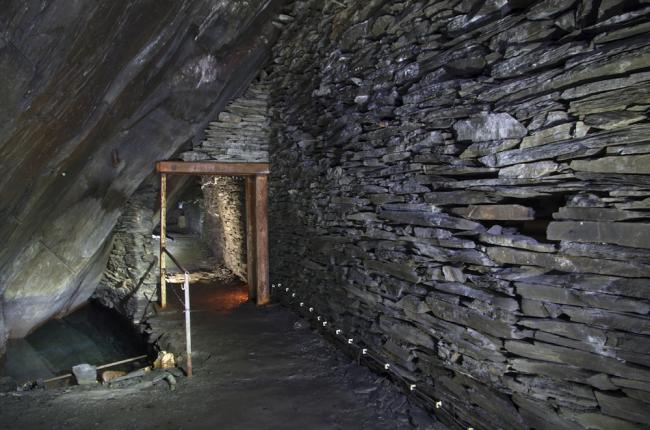
4. Alle-sur-Semois, an underground world
We cross the border into Belgium to explore our next slate mine at Alle-sur-Semois. Go down into the depths of slate-mining at Ardois’Alle. Re-live the daily lives of the miners in an underground guided tour.
5. Bertrix, the dark stone
A little further, you will come to Bertrix, and its slate mine called "Morépire" (which means "dark stone" in the Walloon dialect). You can go down into the mine and walk along no less than a kilometre of underground galeries, where you can learn about how slate was mined and the specific characteristics of this valley's slate mines.
More information on the Bertix stage
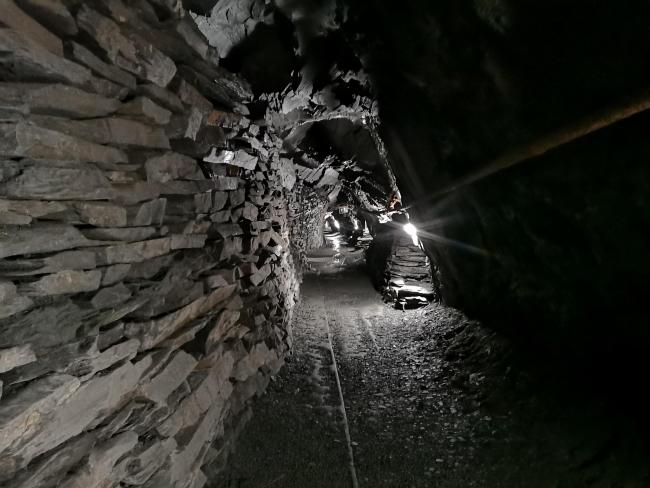
6. Back to 1900 at Haut-Martelange
Finally we arrive at Haut-Martelange, on the frontier between Belgium and Luxembourg, where a large site, including no less than 22 buildings, tells the story of historical slate-mining. There are offices, a villa and miners' houses… all of which will help you to explore the daily lives of the miners at the dawn of the twentieth century.
To go further … the "Schieferstollen" mine at Recht
Having completed the Slate Route, you can add on an extra stage by travelling to the slate mine at Recht, in the Belgian province of Liège, which is now a tourist attraction. Visitors can admire the enormous former schist-processing buildings as you follow an 800m walking trail.
